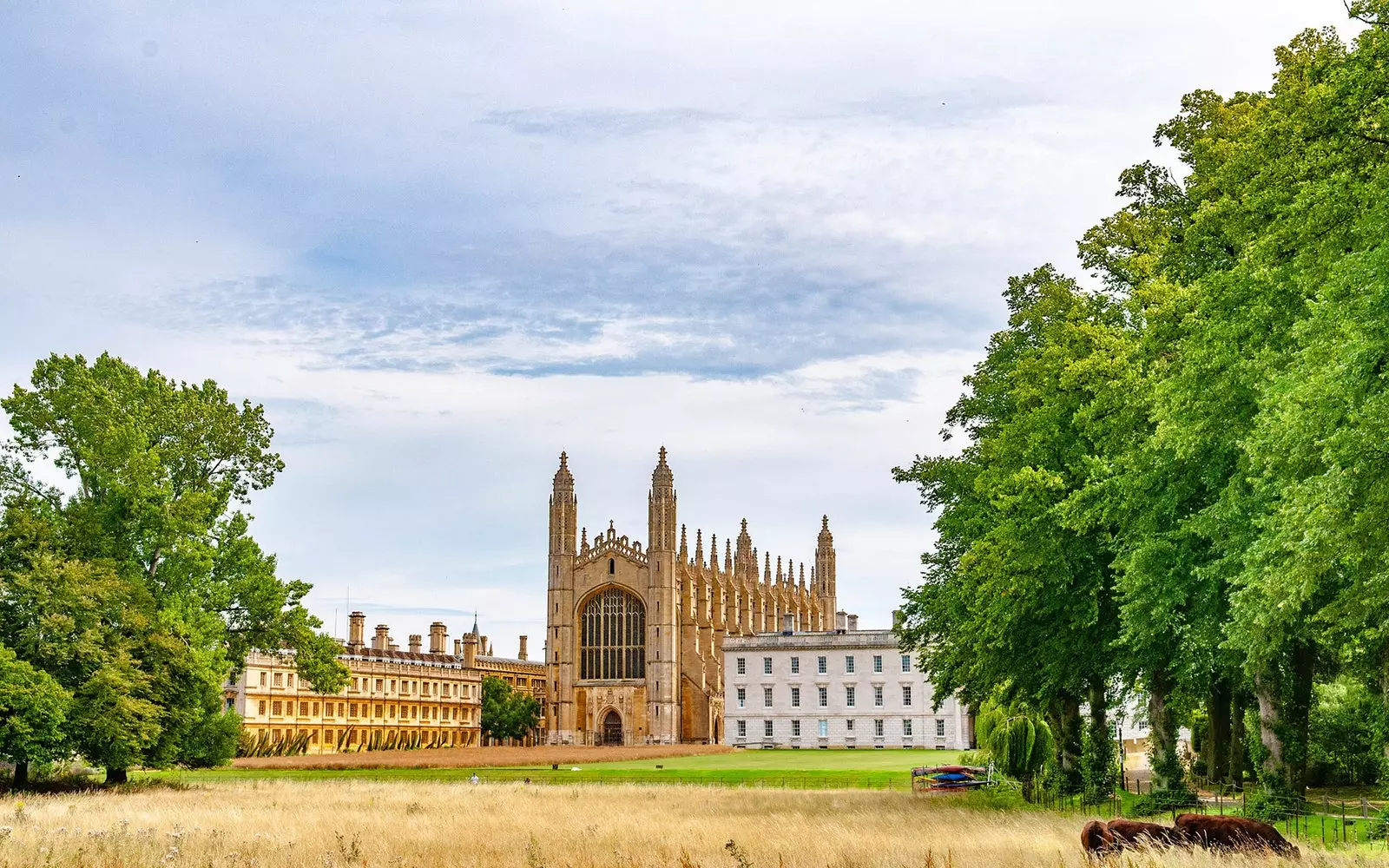
Cambridge and its university cannot be understood without each other
The English countryside is the largest garden in the world. Wild as it may seem to us, no grove, tree, orchard, or field is found there by natural caprice. The landscape pretends to be wild, although deep down it prides itself on appearing as rural as it is urban, as rude as it is neat to those who glimpse it.
A narrow river named Cam it draws its meanders through fields where cows graze. And behind the river, crossing a bridge that brings together an immemorial past and present in its arcades, stands the city-university, a campus shaped like a town that has attracted the minds of the world since time immemorial: Cambridge.
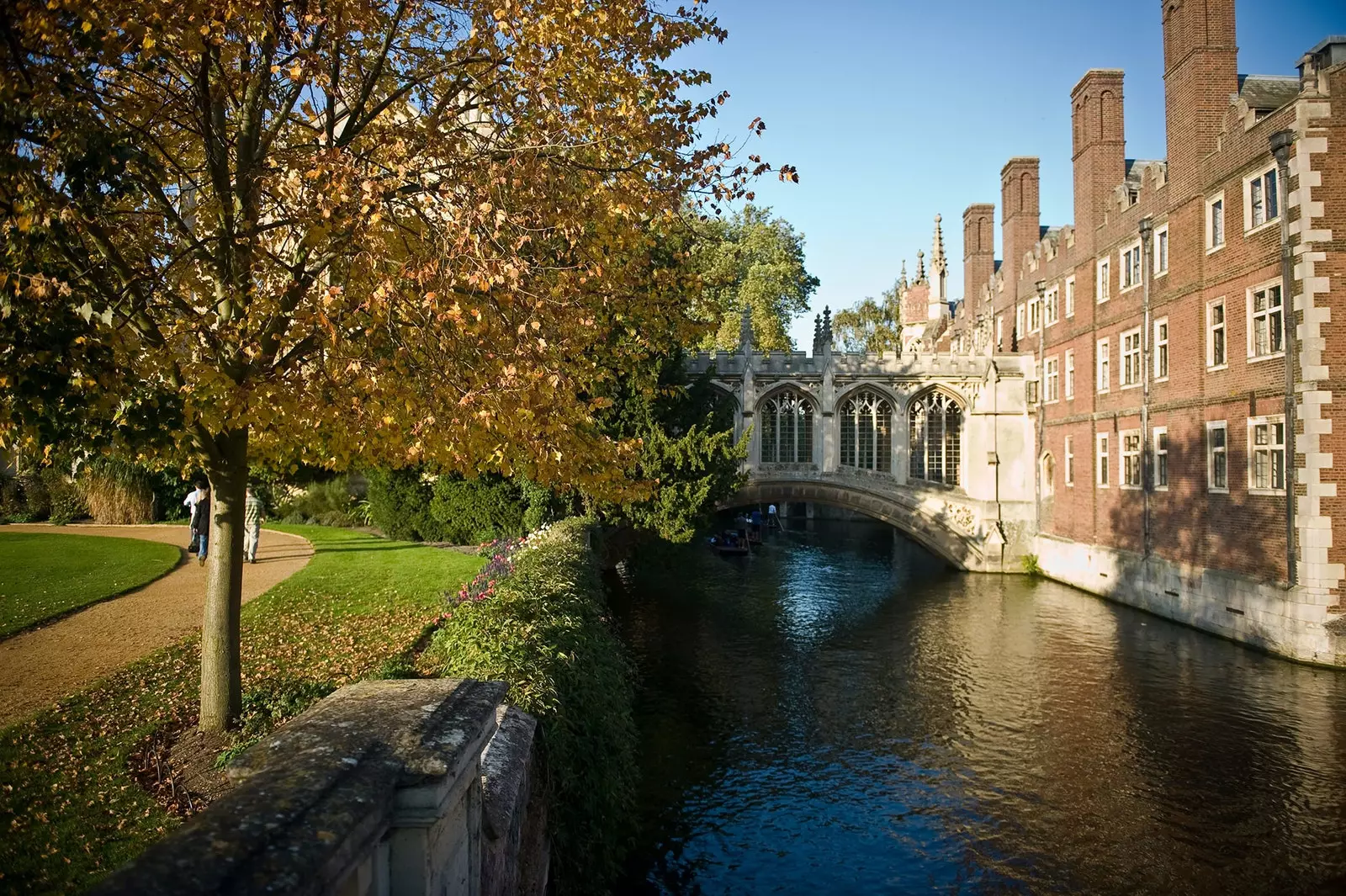
The famous Bridge of Sighs
A walk through Cambridge should begin at Jesus Green, a charming English-style park whose meadows welcome, when the sun is good, picnics, cricket matches and meetings of students who want to stretch their legs after exhausting classes. To the north of Jesus Green, there is a pedestrian path that allows you to see a large lock, next to which a dozen long boats rest where families still live.
The River Cam brought life to Cambridge through the bridge that we can glimpse if we leave Jesus Green in the direction of Bridge St, where the original nucleus of the city began.
The Romans built that bridge to link London with York, and on top of a hill they built a fort next to which the population crowded. Since then, the bridge over the Cam has had significant importance as a communication hub, without going beyond the role of a mere commercial enclave. Until, at the beginning of the thirteenth century, A group of students expelled from the University of Oxford set their sights on the lands bathed by the River Cam: a university had just been born, and a bitter rivalry.
Opposite the ruins of Cambridge Castle, and a few steps from the bridge from which the city takes its name, is one of its most prestigious colleges: the Saint John's. The reputation of his students is so high that they are the only ones who, even today, are allowed to eat and hunt white swans, owned by the Royal Family.
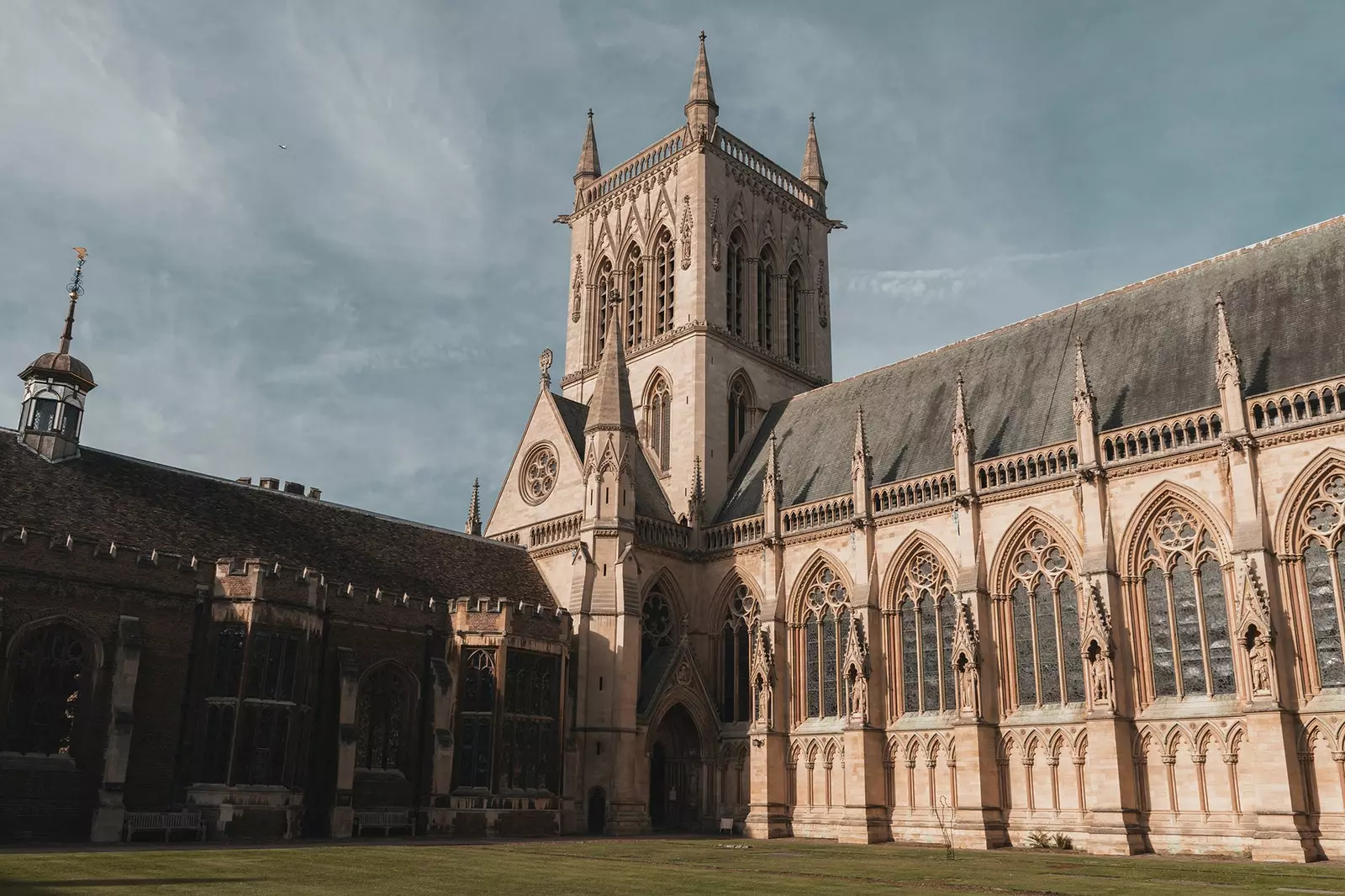
Saint John's is one of the most prestigious colleges in Cambridge
Despite its privileged size, the birds swim calmly in the waters of the Cam, which surrounds Saint John's College passing under the famous Bridge of Sighs. Any resemblance to his Venetian brother is apt, though the English is later than the Italian and surrounded by a much less dramatic story. Prisoners walking the Bridge of Sighs in Venice wept because the Doge had just sentenced them to death; Saint John's College students returning to their rooms shed tears from failing exams.
Tour the course of the River Cam in a boat It is a very popular activity among tourists and locals, creating real traffic jams in the high season. It is an excellent way to appreciate the intimacy of colleges, as the gardens and backyards that can be glimpsed from the river For centuries they were private spaces where only the members of each college walked.
Next to Saint John's is Trinity College, bitter rivals, through whose patios he walked Isaac Newton devouring their heads with theories that would change our world. The architecture of colleges, the same that has inspired thousands of campuses around the world, is a praise to the stillness necessary for study, an effort of the gothic, baroque and victorian architects who for centuries planned their creations maintaining a neat respect for the architecture of the past.
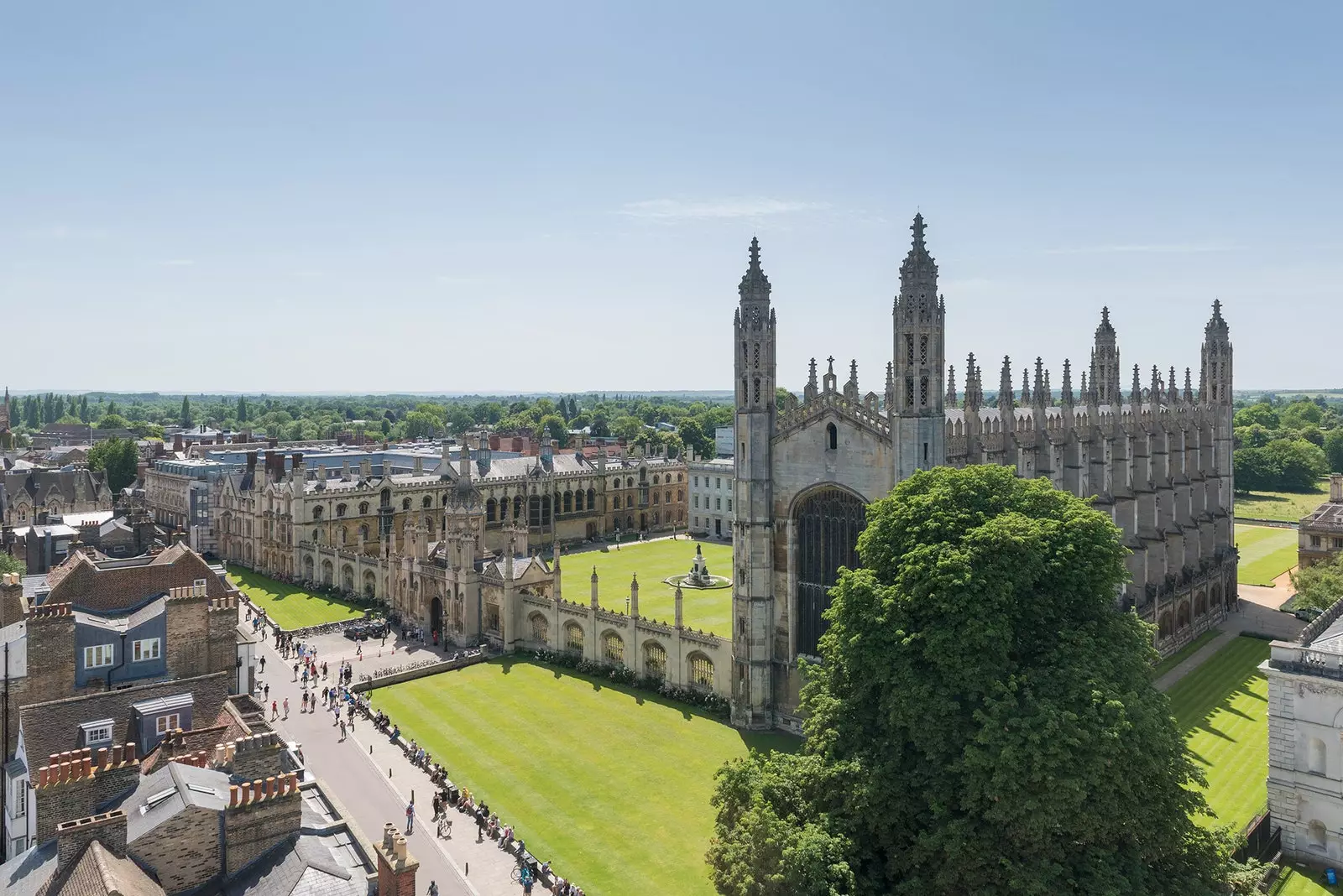
King's College Chapel is one of the most beautiful examples of English late Gothic
Once we get over Clare Bridge, belonging to the famous Clare College, a building with a light and spiky facade appears before us, whose needles want to touch the sky that illuminates its windows. It is King's College Chapel, one of the most beautiful examples of late English Gothic, whose needles try to reach the sun that is so scarce on the islands.
The colleges were in charge of feeding their own status based on works worthy of their wealth, acting as counts and lords, the same ones who slept in their rooms during the years that their studies lasted. Today, thousands of students, nationals and foreigners, continue to pack one of the top five universities in the world.
Cambridge's fame is that of its University. names like Isaac Newton, Charles Darwin or Stephen Hawking They have led the entity to occupy an indisputable position among the centers of world knowledge, functioning as a perfect gear that today bills billions of euros.
Everything in Cambridge revolves around the University, because its inhabitants are linked to it directly or indirectly through their families, studies or jobs. The culture is so much that it is overwhelming, because each college has important collections of art, botany and zoology, in addition to the exhibitions and conferences that throughout the year enliven university life.
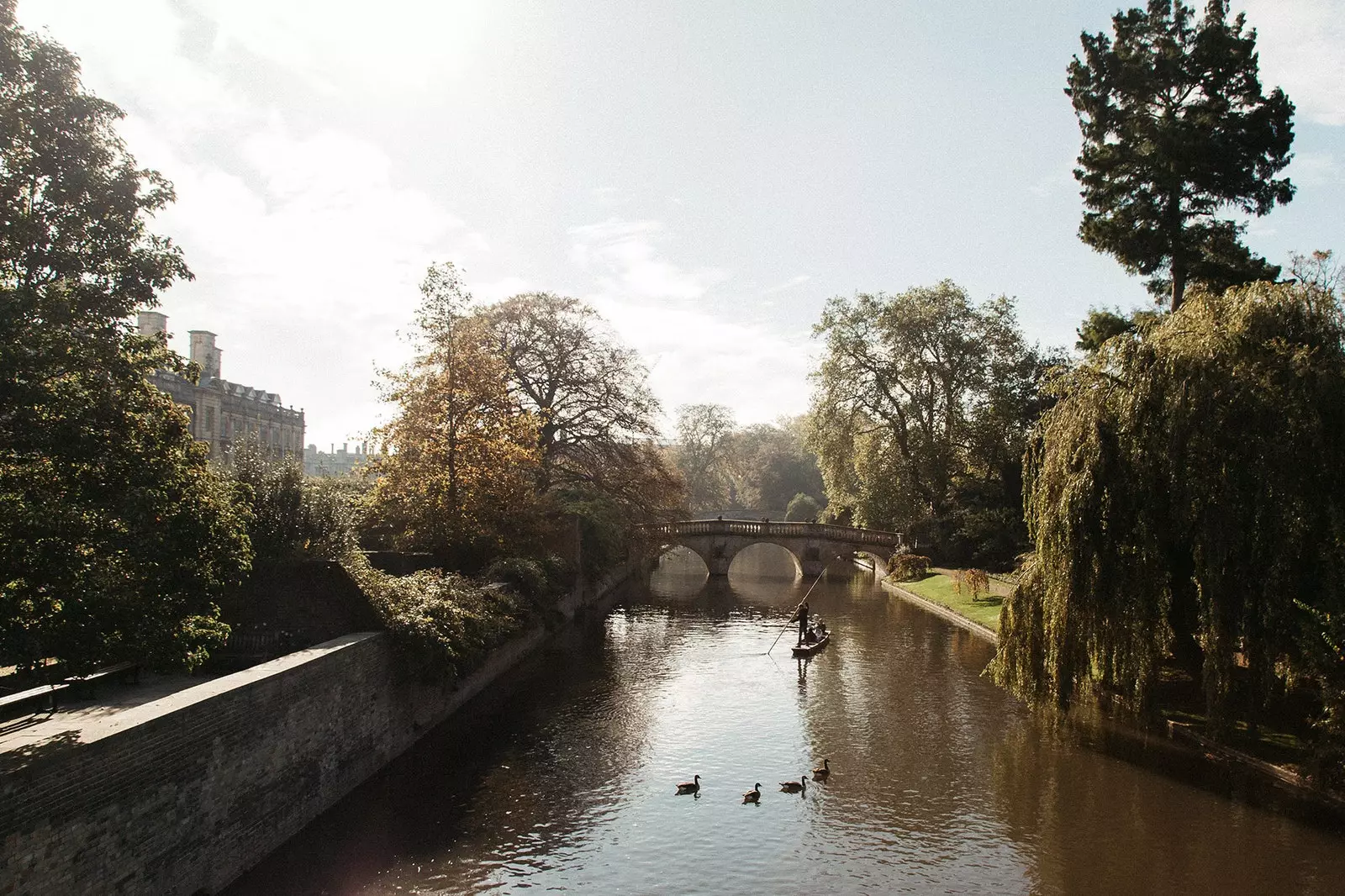
Touring the course of the Cam River in a boat is a very popular activity among tourists and locals
In Cambridge, as in other university cities such as Santiago de Compostela or Salamanca, one finds, on the one hand, the flashy gowns and the seriousness of the professors and, on the other, the daily life of some students who take advantage of the end of exams or the hours between classes to have fun.
There are hundreds of pubs in Cambridge where they testify to having served pints to Churchill, Darwin, Eisenhower or Eric Clapton, but among all of them, the most famous is the Eagle, whose stones date back to the year 1600. The Eagle's polemen have served beer to the discoverers of the structure of DNA, when one winter day in 1953, Francis Crick interrupted his teacher's luncheon to announce a discovery that would change medicine. They also met there members of the rock band Pink Floyd, art students in the many schools that grew up in the shadow of the University and that welcomed, as they do today, a good part of the British counterculture.
Following one of the Pink Floyd songs, it is advisable to leave the labyrinth of colleges, churches, parks and pubs that Cambridge offers the traveler and walk towards the Grantchester Meadows. The English countryside that accompanied us at the beginning reappears along the River Cam, losing itself in a horizon of well-kept farms and hedged-in fields.
In one of them, in the nearby town of Grantchester, there is a coquettish tearoom: The Orchard. Like everything in Cambridge, the meadow where fruit trees and chairs are distributed was first sighted by some students from the University, who asked the owner if they could have tea under the shade of her trees. A tradition continued by names like Maynard Keynes, Bertrand Russell, Wittgenstein and Alan Turing, eager to escape from their theories, theses and concerns along the meanders of the River Cam, while the chords of Pink Floyd remind us that Cambridge has always been a place touched by inspiration.
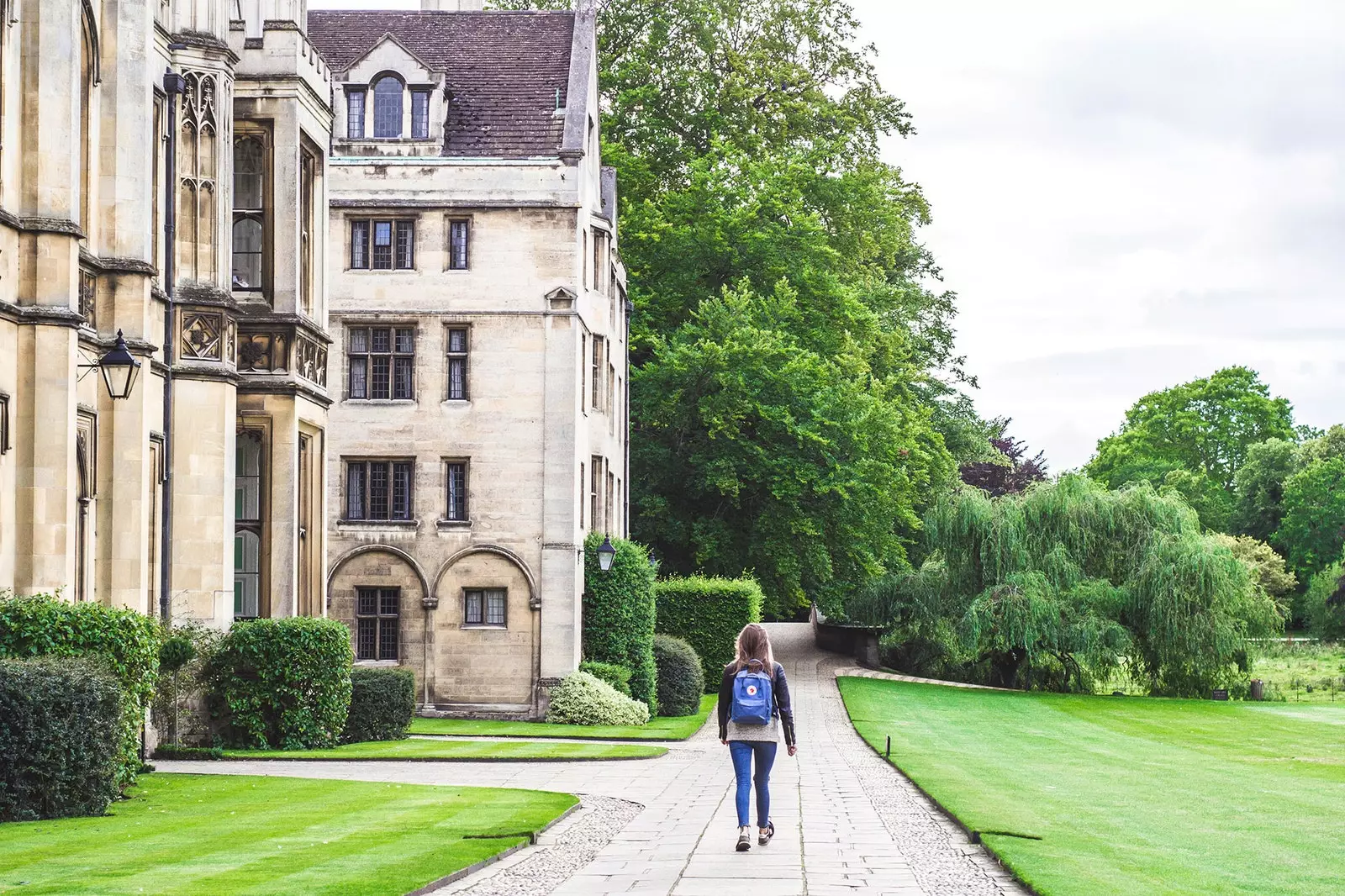
Cambridge has always been a place touched by inspiration
